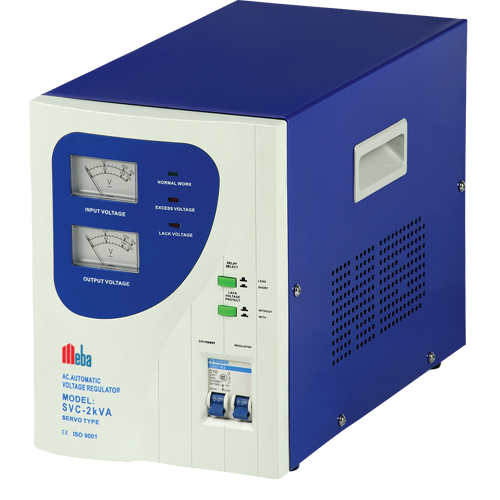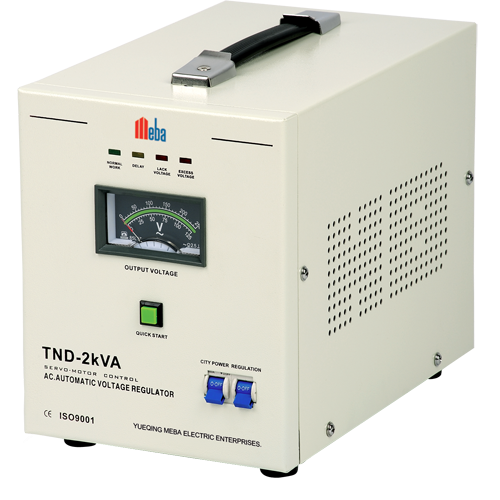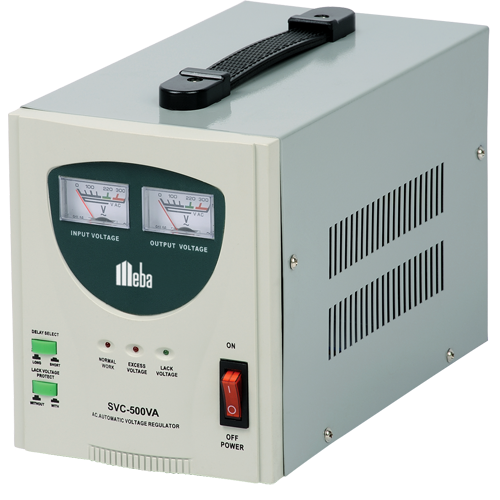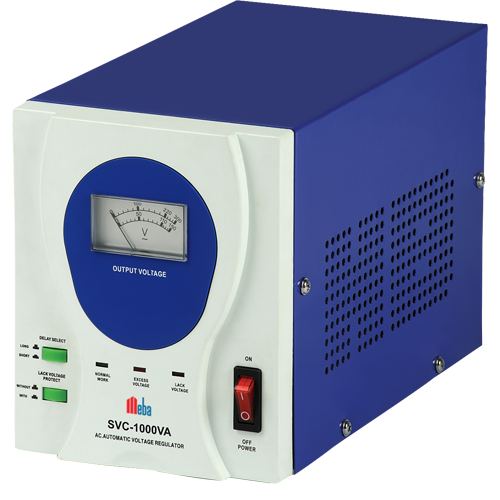A voltage regulator generates a set output voltage of a predefined magnitude that stays constant regardless of modifications to its input voltage or load conditions. Voltage regulator comes in two flavors: switching and linear.

A power MOSFET or BJT switch receives a switched voltage from a switching regulator, which is then altered from the DC input voltage. To maintain a consistent output voltage independent of variations in input voltage or load current, the output voltage is supplied back to a circuit that regulates the power switches on and off timings.
Which switching regulator topologies are there?
Buck (step-down), boost (step-up), and buck-boost (step-up/step-down) are the three most popular topologies. Additional topologies include the flyback, SEPIC, Cuk, push-pull, forward, full-bridge, and half-bridge topologies.
What impact does switching frequency have on regulator design?
The automatic voltage regulator may employ fewer inductors and capacitors because of the higher switching frequency. Additionally, it causes greater switching losses and circuit noise.
What losses does the switching regulator produce?
Losses arise from the power used to switch on and off the MOSFET, which is coupled to the gate driver of the MOSFET. Additionally, MOSFET power losses happen because switching between the conduction and non-conduction states requires a certain amount of time. The energy required to charge and discharge the MOSFET gate’s capacitance between the threshold voltage and gate voltage results in losses as well.

What applications do switching and linear regulators often serve?
Since the linear regulator’s power dissipation is directly proportional to its output current for a given input and output voltage, its average efficiency might be as low as 50%. A switching regulator may attain efficiency in the 90% range when using the best parts. With the same output voltage and current demands, a switching regulator produces noise that is significantly higher than a linear regulator. Compared to a linear regulator, the switching regulator frequently offers better current load-driving capabilities.
What critical design specifications apply to an integrated circuit voltage regulator?
Some of the basic characteristics include output current, input voltage, and voltage. The linear automatic voltage regulators dropout voltage, PSRR, and output noise are crucial variables.













